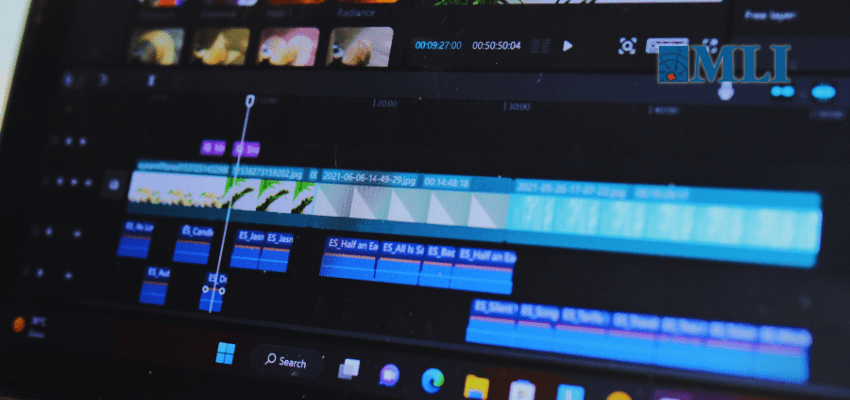This article originally appeared in the Toronto Star.
By Peter Menzies, October 1, 2024
Ah, the magic of television.
By now most readers will be aware of the controversy that captivated the political world and pitted the official opposition against BCE Inc. and its subsidiaries, BellMedia and CTV News.
But for those who may have missed it, here’s what happened, according to both public reports and what I’ve been able to glean from sources with direct knowledge of the events.
CTV News broadcast a story that was doctored to portray Conservative Leader Pierre Poilievre speaking a sentence that he never spoke. The next day, CTV News posted and read an on-air apology, blaming it on an editing mistake. The Conservatives were not satisfied. Poilievre tore a strip off BCE CEO Mirko Bibic in the House of Commons and, two days later, the company announced it had completed another hasty investigation and two people were no longer part of their news team (they were, in fact, fired). I say hasty because at least one of the people sacked — a 37-year veteran editor in Ottawa — had only just returned to work that same day.
All this drama came about due to the network’s routine practice of pre-recording and then promoting its Sunday morning program called Question Period. The show, hosted by Vassy Kapelos, is watched keenly by the political class and the routine practice is to pluck the most newsworthy item from it and post a story in advance of the show in order to promote it. Once the show has been aired, a video report is created for the evening news. It’s as much a marketing exercise as it is journalism.
We don’t know for sure what conversations happened at CTV to result in this egregious error. Certainly, we have no reason to believe it’s any kind of conspiracy. But here’s what I know about what can go wrong in newsrooms — from the assignment stage of a story to its publication.
In this case, it was decided that the hottest story coming out of “Question Period” was Minister of Public Works Jean-Yves Duclos noting that should the NDP fail to support the government in a Conservative confidence motion, its vaunted dental care program was at risk.
The promo story seems to have gone off without a hitch.
Then Cristina Tenaglia, a weekend reporter in Toronto, was assigned to do the story. Working with the veteran editor in Ottawa, Tenaglia went to work delivering the story as it was predetermined: that the Conservatives were putting free dental care at risk.
The result was a story that misrepresented Poilievre in order to feed the narrative that Duclos had laid down with Kapelos. The Liberals were probably delighted. The Conservatives? As noted, not so much.
In journalism, as in life, assumptions are the mother of all screw ups.
Whoever assigned the story appears to have assumed Duclos was correct and directed the reporter to deliver a story based on that assumption. Whether they were a willing or naive dupe to a Liberal talking point, only they know.
Here’s the deal: if broadcasters are going to promote their shows and products, they should at least use journalism to do so. In this case, the proper approach should have been to take Duclos’s speculation and run it past the NDP — who had pushed for dental care — and the Conservatives, who were authoring the confidence vote to determine their view on it. A reasonable “NDP/Conservatives react to Liberal claims vote could seal the fate of seniors dental care” story could have been produced. But that doesn’t appear to have been the assignment. If it had been, it would probably have involved legwork.
Whatever happened in this case, there are two things that all newsrooms can do to help inoculate themselves. One is the freedom for reporters to push back on assumptions and to accept the same on their own. The other is to have sufficient ideological diversity on staff to ensure assumptions are challenged.






